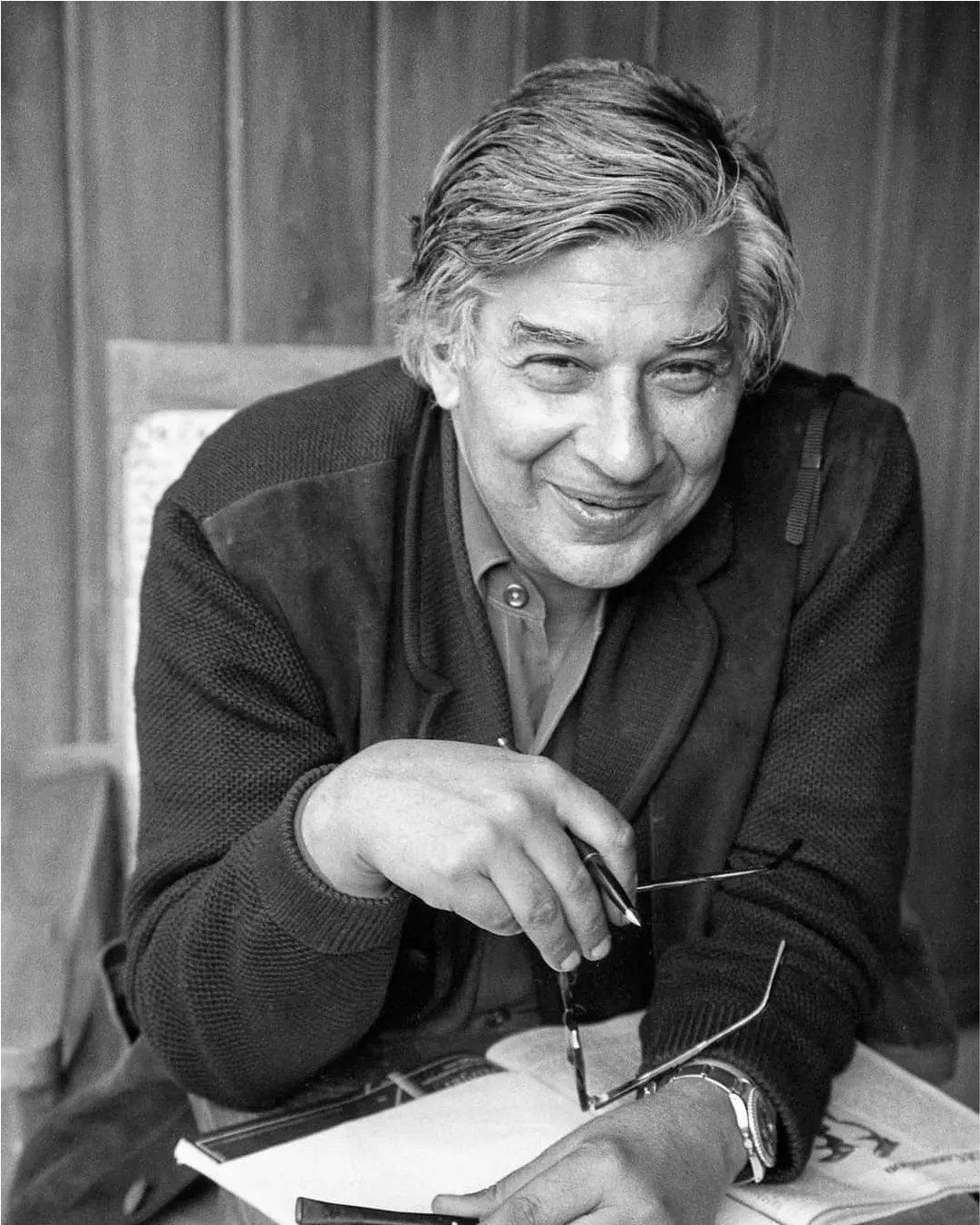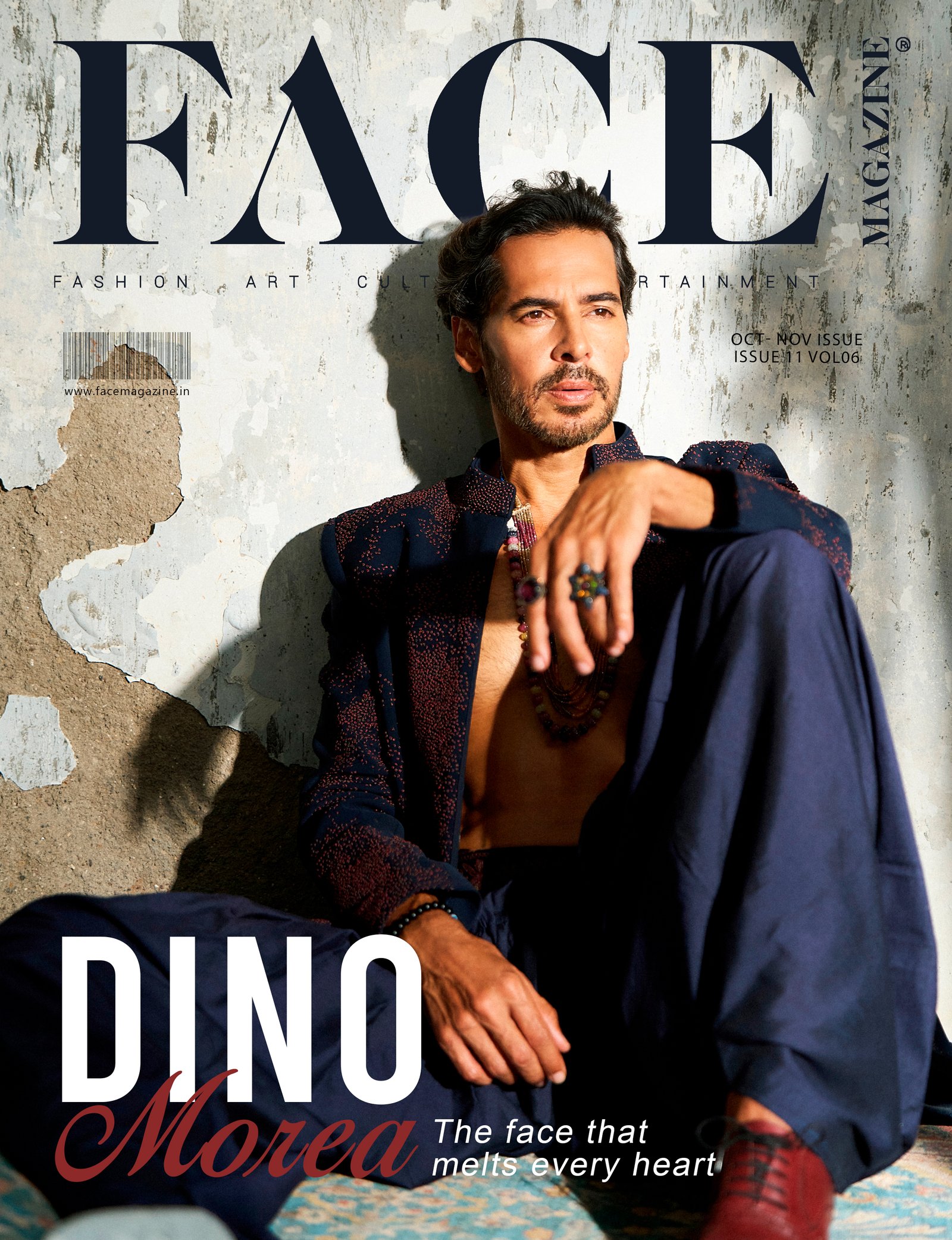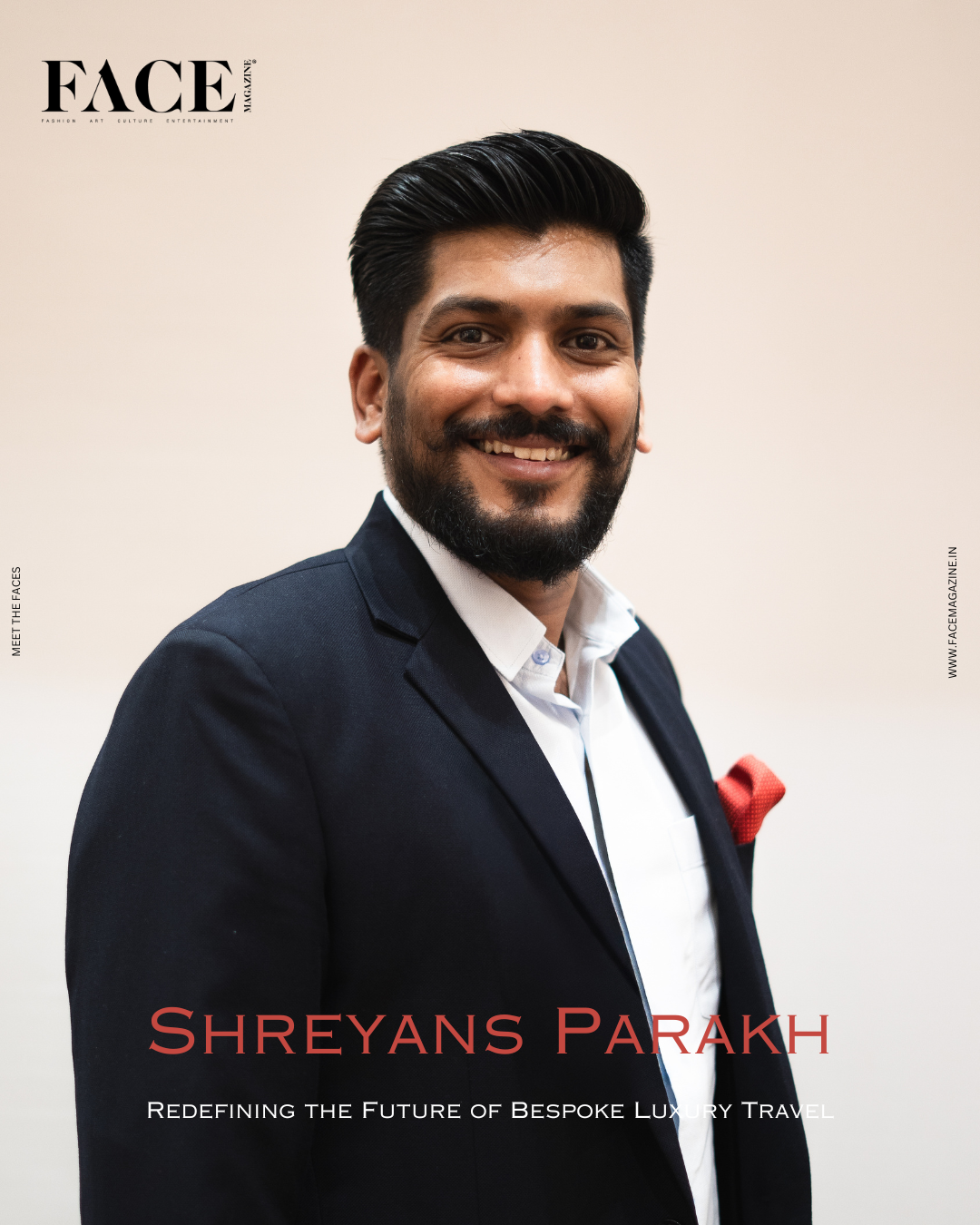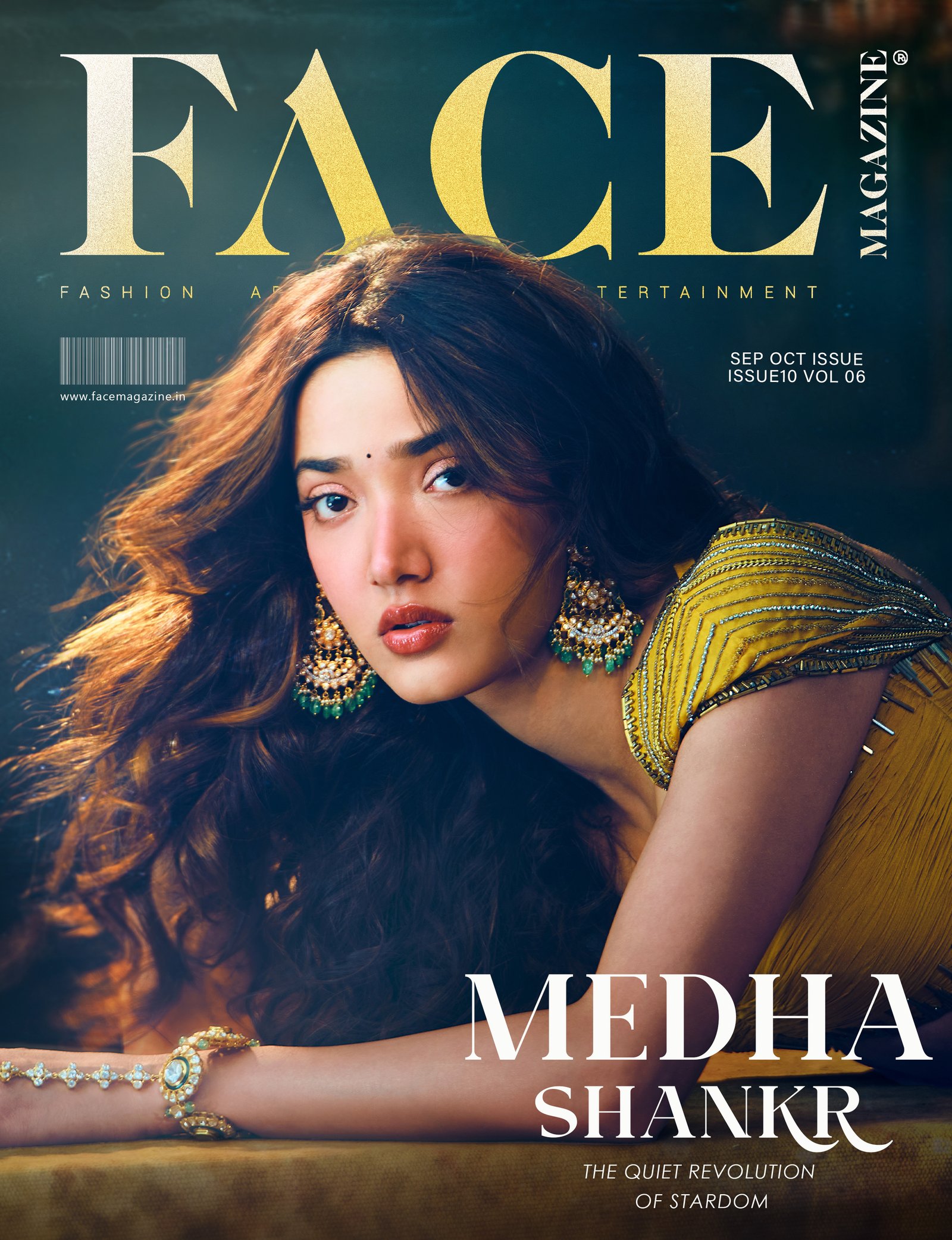Born in 1925 in what is now Faislabad in Pakistan, Krishen Khanna grew up in Lahore, only studying art after he graduated from college at evening classes held at the Mayo School of Art there. In 1947, Khanna’s family moved to Shimla as a result of the Partition of India and Pakistan, and Khanna was deeply affected by not only the change in his personal life, but also the socio-political chaos that reigned around him. His early works are reproductions of the scenes that were indelibly imprinted in his memory during this period.

Most of Khanna’s work is figurative; he chose to not explore the abstraction that most of his contemporaries were delving into. He says “I used to do abstracts earlier and I have now moved on to human forms. I thought that the person or the individual is being neglected – the person in a particular situation who is influenced by the conditions around. I want to now emphasise the human beings caught up in their particular condition.”
Bordering on the narrative, Khanna’s work captures moments in history, much like photographs do, but the artist’s technique is far from photo-realist. Khanna transfers his observations onto the canvas with spontaneity and exuberance, keeping the representational elements of his subject matter intact. The artist’s use of colour and his expressionist brushwork make the mundane rise to the challenge of the creative.
A largely self-taught artist, Khanna studied at the Imperial Service College, Windsor, England, from where he graduated in 1940. After his family’s move to India, a job with Grindlays Bank brought him to Bombay where he was invited to be a part of the now famous Progressive Artists’ Group. The first exhibition in which Khanna’s works were featured was one of this Group’s exhibitions held in 1949. In 1955, Khanna had his first solo show at the USIS, Chennai, and since then has been exhibiting his work widely in India and abroad. Among his solo exhibitions are Krishen Khanna: Drawings & Paintings at Vadehra Art Gallery, New Delhi, in 2016; When the Band Begins to Play… at Grosvenor Gallery, London, in 2015; A Celebration of Lines at Sakshi Gallery, Mumbai, in 2013; Krishen Khanna: A Retrospective presented by Saffronart, Mumbai at Lalit Kala Akademi, New Delhi, in 2010; The Savage Heart at Cymroza Art Gallery, Mumbai, in 2008; Krishen Khanna, Saffronart and Berkeley Square Gallery, London, in 2005; and An Airing at Pundole Art Gallery, Mumbai, in 2004. Recent group exhibitions include Ideas of the Sublime, presented by Vadehra Art Gallery at Lalit Kala Akademi, New Delhi, in 2013; The Discerning Eye: Modern Masters at Vadehra Art Gallery, New Delhi, in 2013; and Masterclass at Dhoomimal Art Gallery, New Delhi, in 2011.WW
In 1964, Khanna was artist-in residence at the American University, Washington D.C. In 1965, he won a fellowship from the Council for Economic and Cultural Affairs, New York following the travel grant they had awarded him three years earlier. Recognising his immense contribution to Indian Art, the Government of India has bestowed several honours upon
him including the Lalit Kala Ratna from the President of India in 2004 and the Padma Shri in 1990.
Krishen Khanna lives and works in New Delhi.

What made you choose the “Bandwallas” as your subject matter?
These are the most recent of my paintings so they are much talked about. What has drawn me to the bandwallas is the context they come from. They are a legacy of the Raj. The British left the bandwallas in India and now all baraats (wedding processions) look like parades. Everyone must fall in line. The bandwallas themselves wear glittering uniforms of a general
and resemble the grandeur of the army except for their chappals. I see the Bandwalla as a relic of the past appropriated by Punjabis and people in the North in general for their marriage processions and the like. On the one hand, we have uniforms which provide a kind of grandeur—as well as anonymity—to military personnel, while a different kind of uniform transforms the bandwalla into an amusing public entertainer. That is so peculiarly Indian. I have not only painted the bandwallas but also truckwalas (truck driver) because to me they seem very peculiarly Indian. I am moved by Chaplinesque situations that involve dual emotions. On the face of it, they can be very funny, even ridiculous. But there is a kind of pathos beneath it all.
What does it mean to you to paint?
Art for me, is the ultimate Annanda (bliss). Art can provide you with the metaphysical answers you have been looking for even whilst you are involved in its creation. They call it drawing. I really have no name for it. It’s a compulsion, an itch. The more I scratch, the more I want to continue. It is enjoyable but it can also hurt when nothing emerges but an incomprehensible mess. Was I taught to draw? Silly question really. How can one manipulate a compulsive itch? Try and stop it and see what happens. Bad temper, depression and a sickness of spirit. Emptiness. It follows that my subject matter is of importance to me and is not fortuitous.
Dependent on this choice are the means that will reveal it. Nor is it ever certain that every venture will be successful. What is certain, and this gives me some comfort, is that a moment of my life was spent in such absorption that bypassed Time. If at the end of it, what I make I made finds acceptance with someone, it confirms to me that I’m not alone. The drawing becomes a ground for sharing an experience.







